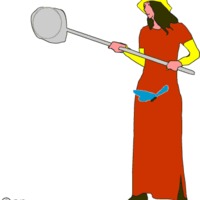Papers by James E Schofield

For the greater part of the last century, anthropogenic palynology has made a sustained contribut... more For the greater part of the last century, anthropogenic palynology has made a sustained contribution to archaeology and to Quaternary science in general, and pollen-analytical papers have appeared in Journal of Archaeological Science since its inception. The present paper focuses selectively upon three areas of anthropogenic palynology, enabling some assessment as to whether the field is advancing: land-use studies, archaeological site study, and modelling. The Discussion also highlights related areas including palynomorph identification and associated proxies. There is little doubt that anthropogenic palynology has contributed to the vitality of pollen analysis in general, and although published research can be replicative or incremental, site- and landscape-based studies offer fresh data for further analysis and modelling. The latter allows the testing of both palynological concepts and inferences and can inform archaeological discovery and imagination. Archaeological site studies are often difficult, but palynology can still offer much to the understanding of occupation sites and the discernment of human behaviour patterns within sites.
Vegetation History and Archaeobotany, 2011
This paper focuses on the impact of Norse settlement on vegetation and landscape around the head ... more This paper focuses on the impact of Norse settlement on vegetation and landscape around the head of Tunulliarfik (Eriksfjord) in southern Greenland. Pollen, radiocarbon, microscopic charcoal and fungal spore data are presented from a peat monolith which was collected close to the ruins of a large Norse farm complex (group Ø39 at Qinngua in the former Eastern Settlement). Landnám is






Uploads
Papers by James E Schofield